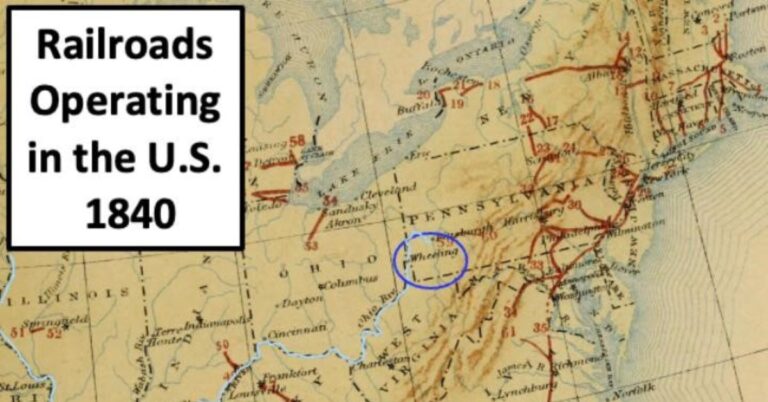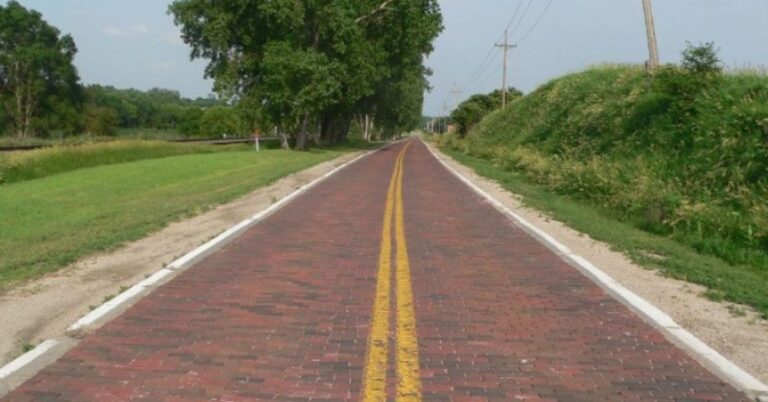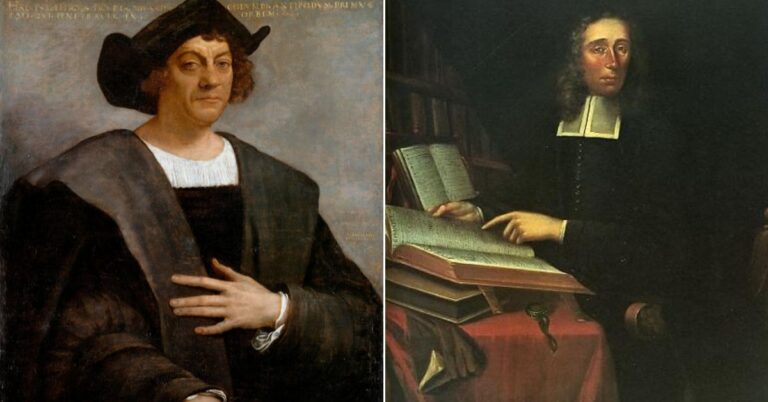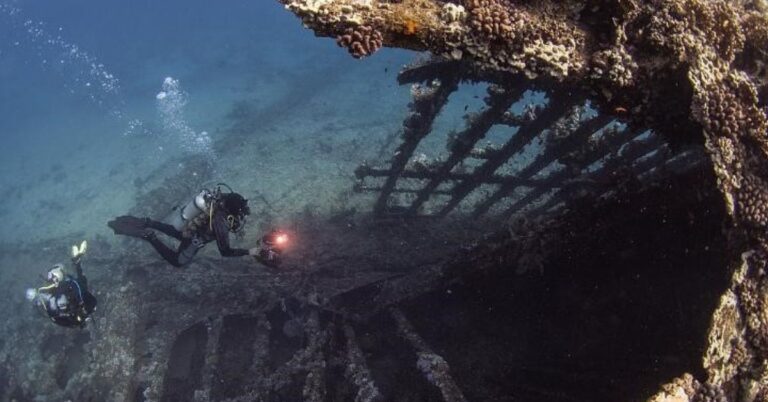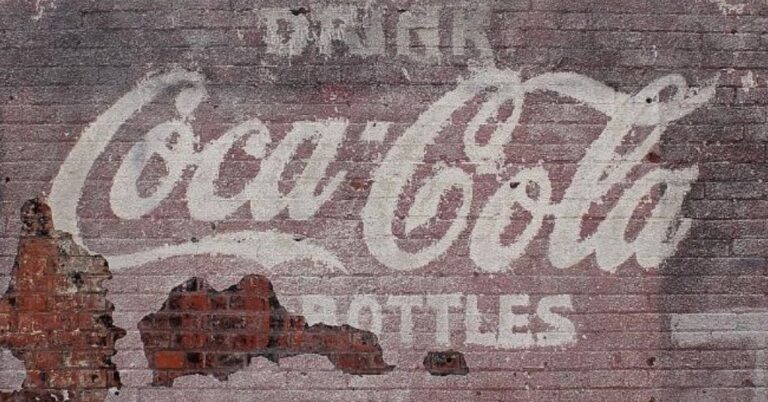Buried Temple In Peru Reveals Clues About Early Civilization

In the windswept deserts of northwestern Peru, archaeologists have made a discovery that could rewrite our understanding of ancient South American civilizations. Beneath layers of sand, they found the remnants of a long-lost ceremonial temple, which is believed to be between 4,000 and 5,000 years old.
A Monument Emerges From The Sand

The discovery unfolded when the excavation team first spotted remnants of ancient stone walls peeking through the sand. As they carefully dug deeper, it became clear that this wasn’t an ordinary structure. The walls belonged to an expansive, deliberately designed space with features that strongly indicated a ceremonial function.
Interestingly, the age of the construction places it among the oldest known monumental architecture in the Americas, likely following the famed Norte Chico civilization.
A Ritual Space Takes Shape

What defines the site as a temple is not just its construction but the clues left behind. The architecture displays deliberate symmetry and orientation, with pathways and enclosures arranged in ways that match known ceremonial patterns from other ancient Peruvian cultures. Excavators noted raised platforms and possible altars, suggesting organized rituals and social gatherings.
Even more compelling was the discovery of ceremonial offerings, such as carved stones and ash layers, which are typical markers of religious practice. These elements help researchers piece together how early societies structured their belief systems and communal life.
The Human Element: Clues In The Bones

The temple’s importance grew further with the discovery of skeletal remains. Between the ancient walls, the team found the bones of three adults positioned in ways that suggest intentional, possibly ceremonial, burial.
This finding connects the spiritual and the personal, revealing that the temple may have served as a sacred burial ground. Plus, these human remains could hold essential clues about the health, rituals, and cultural practices of the people who built the site.
Filling Gaps In South American History

Together, the temple’s structure and its contents provide a missing piece in the puzzle of early civilization in the Andes. While much of what we know about ancient Peru comes from coastal and later highland cultures, this inland temple offers evidence of complex spiritual life much earlier than previously documented.
It supports emerging theories that religious centers were the nucleus of early societal development, playing central roles in governance, economy, and identity.
A Site Worth Watching

As the excavation continues, archaeologists hope to discover further details hidden beneath the sand—artifacts, offerings, or additional burials that could paint a fuller picture of this society. Each discovery adds more depth to our understanding of how early Andean communities worshiped and remembered their dead.


